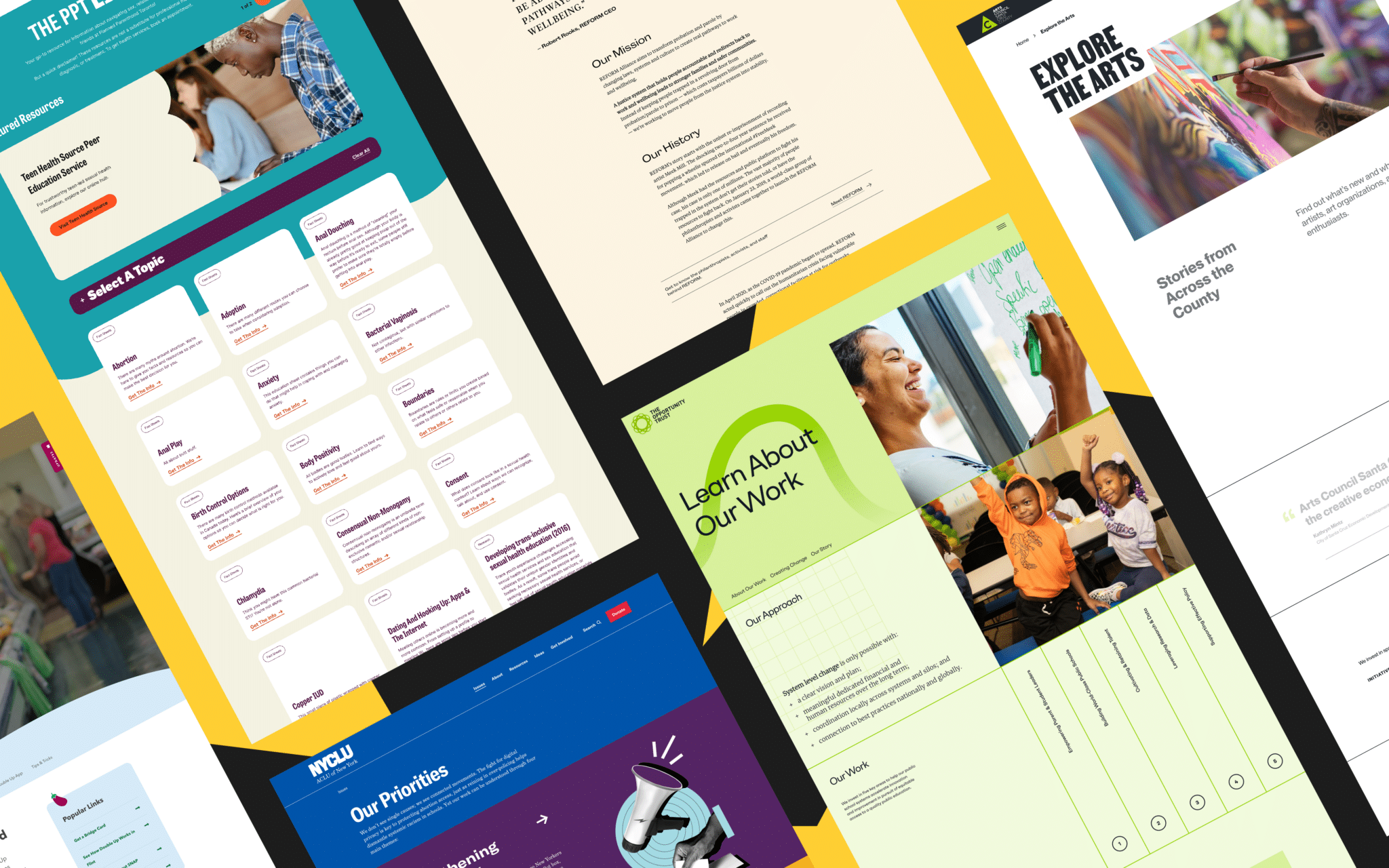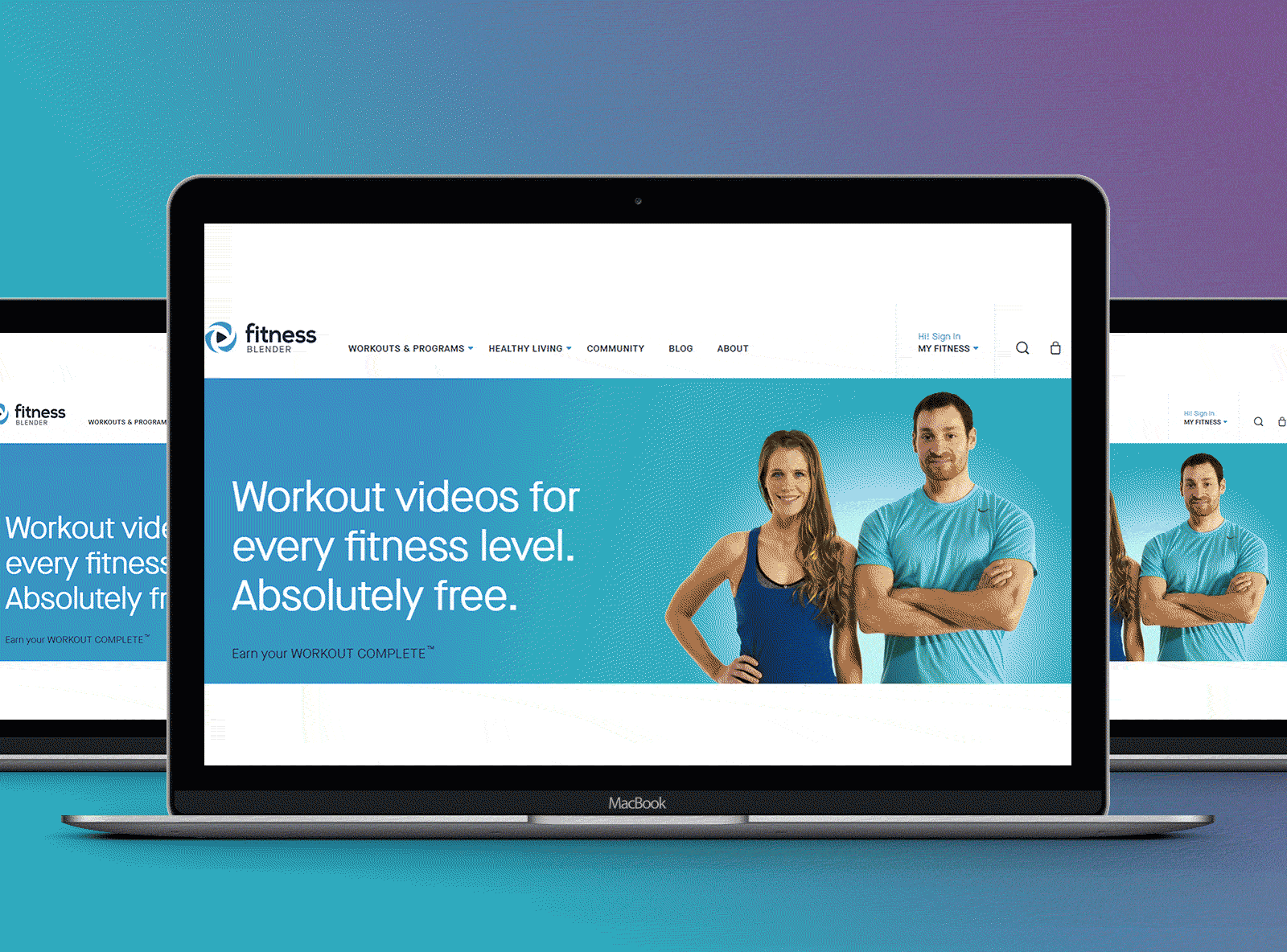Website Design Best Practices for Faster Load Times and Improved User Experience
Website Design Best Practices for Faster Load Times and Improved User Experience
Blog Article
Modern Web Site Layout That Records Interest and Transforms
In a significantly electronic landscape, contemporary internet site style has actually become a critical aspect in capturing user interest and driving conversions. By strategically using visual power structure, receptive formats, and involving interactive elements, developers can produce experiences that not just draw in visitors but additionally promote purposeful communications. Moreover, efficient call-to-action strategies play an important duty in leading customers toward preferred outcomes. As we explore these essential components, it comes to be clear that recognizing their interaction can considerably impact a web site's performance and user contentment. What are the crucial elements that genuinely make a difference?
Importance of Visual Pecking Order
Aesthetic pecking order is a critical element in web site design, as it overviews individuals' focus and enhances their overall experience. By purposefully arranging material, developers can route users to the most vital details first, thereby increasing involvement and improving usability.
Incorporating a logical circulation in material arrangement is crucial; for circumstances, putting the most critical info at the top of a page fosters instant acknowledgment. Consistent use of typography, such as differing font dimensions and designs, helps establish a clear web content structure. This organization not only aids in navigation but likewise constructs depend on, as individuals feel more comfortable when they can quickly find what they are seeking.
Inevitably, a well-executed visual pecking order not only improves visual allure but likewise dramatically affects user behavior. By prioritizing vital elements and making sure a smooth experience, designers can efficiently transform visitors right into customers, reinforcing the relevance of this foundational design principle in modern-day web site growth.
Responsive Style for All Instruments
Creating a smooth experience across different devices is important in today's electronic landscape, where customers gain access to web sites from mobile phones, tablets, and desktop computers alike. Responsive design is a vital approach that makes sure sites adapt fluidly to various display orientations, resolutions, and dimensions. By using adaptable grids, photos, and CSS media inquiries, developers can produce designs that maintain visual stability and functionality, no matter the tool being used.
The importance of receptive style prolongs past aesthetic appeals; it straight impacts user engagement and conversion prices. A site that operates well on all gadgets urges longer sees and minimizes bounce prices, as users are most likely to connect with web content that is very easy to navigate. Furthermore, online search engine, especially Google, prioritize mobile-friendly websites in their positions, making responsive style a vital part of search engine optimization (SEARCH ENGINE OPTIMIZATION)
Integrating responsive design not just enhances user experience but additionally enhances the advancement process. By producing a solitary site that works throughout gadgets, services can save time and resources compared to creating different mobile and desktop versions. Eventually, receptive style is a basic technique for modern-day site layout, guaranteeing access and complete satisfaction for all users, despite their device.
Engaging Interactive Elements
While a responsive style prepares for a useful website, integrating engaging interactive aspects is critical for recording customer focus and promoting much deeper connections. Website Design. Interactive elements, such as computer animations, quizzes, and clickable infographics, develop an extra vibrant customer experience, encouraging site visitors to spend more time on the website
Integrating interactive features can additionally direct individuals through complex information, making it easier to absorb content. Interactive sliders can illustrate product variants, while embedded video clips can supply presentations or testimonies that resonate more than fixed pictures or text. Gamification strategies, like incentives for finishing jobs or engaging with content, can Recommended Reading enhance customer motivation and retention.
Reliable use interactive aspects not just enriches the customer experience yet can also result in greater conversion prices. By making interactions pleasurable and helpful, organizations can grow a feeling of loyalty and trust fund with their audience. It is crucial to balance interactivity with performance; extremely complex functions might impede site speed, negatively impacting user satisfaction. Ultimately, incorporating properly designed interactive components can dramatically elevate a web site's efficiency, driving engagement and conversions in today's affordable digital landscape.
Streamlined Navigating Practices
Reliable navigating is a cornerstone of any effective internet site, as it try this directly affects customer experience and web content availability. Structured navigating methods make sure that individuals can quickly situate information, boosting their interaction with the site. A well-structured navigation menu should be simple and intuitive, generally featuring a limited variety of key classifications to prevent overwhelming visitors.
To accomplish streamlined navigating, designers should prioritize an ordered framework that rationally organizes material. Applying breadcrumb routes can offer users with context concerning their existing area within the website, allowing for smooth backtracking. Additionally, utilizing drop-down food selections can successfully conserve room while still giving accessibility to subcategories.
Responsive style is important, as navigating must be practical throughout all devices (Website Design). Mobile users, particularly, gain from touch-friendly menus and retractable sections that preserve usability without endangering visual appeals

Reliable Call-to-Action Methods
A well-crafted call-to-action (CTA) is vital for guiding customers toward desired end results on a website, as it urges them to engage with material or make an acquisition. To maximize their performance, CTAs ought to be clear, engaging, and strategically put throughout the site.
First, make use of action-oriented language that communicates seriousness or worth, such as "Begin," "Sign up with Currently," or "Claim Your Discount rate." This language not just inspires customers but likewise establishes clear expectations regarding the next actions.
2nd, consider style components; CTAs ought to stand out visually with contrasting shades, sufficient whitespace, and prominent positioning. A switch that is easy to see and click boosts the probability of customer interaction.
Additionally, customizing CTAs based upon user habits or demographics can significantly enhance interaction. Customized messages reverberate a lot more with customers, driving greater conversion prices.

Final Thought
Finally, modern website design highlights the combination of visual power structure, responsive designs, involving interactive elements, structured navigation, and reliable call-to-action approaches. These components jointly enhance user experience, making certain that site visitors stay engaged and inspired to discover content better. By prioritizing these style principles, organizations can significantly improve individual retention and conversion prices, eventually leading to greater success in the digital landscape. The continuous advancement of website design emphasizes its critical role in reliable online communication and marketing.
In a significantly electronic landscape, contemporary site design has arised as a crucial aspect in catching user interest and driving conversions.Aesthetic hierarchy is an essential element in internet site style, as it guides users' focus and enhances their general experience.The significance of responsive layout extends past aesthetics; it straight influences customer engagement and conversion rates.Integrating receptive style not only boosts individual experience but also improves the growth process. Inevitably, receptive style is a fundamental method for modern internet site design, making certain access and contentment for all individuals, no matter of their device.
Report this page